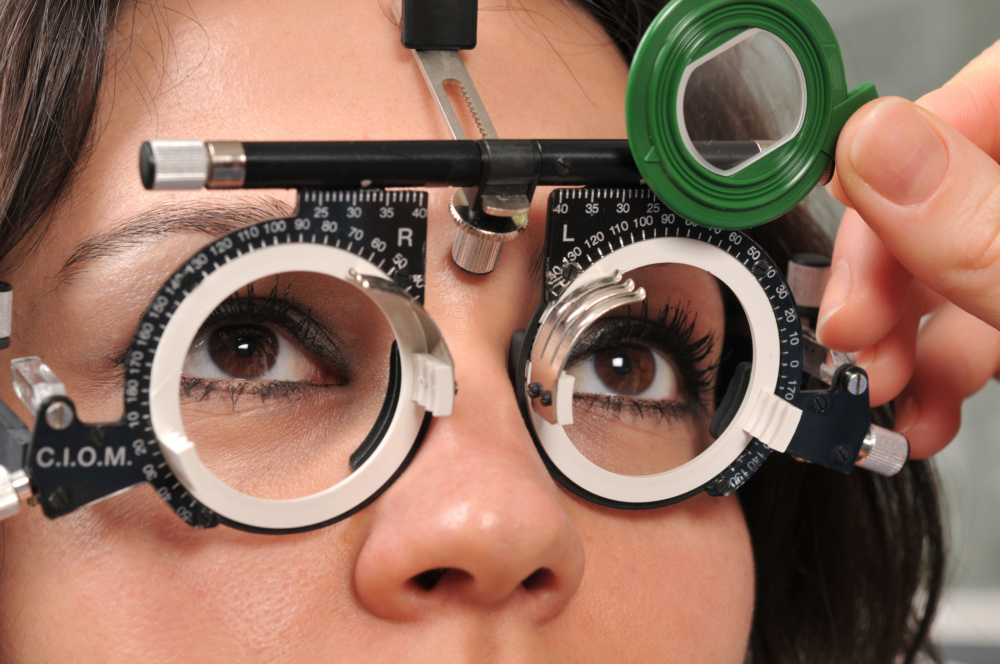By Lisa Martén, M.D.
When I look into your eyes… What can I see?
We are not just checking to see if you need glasses. There are multiple systemic diseases that can have manifestations in the eye, some diseases can even be diagnosed from an eye exam. The systems in the human body include circulatory, immune, skeletal, excretory, muscular, endocrine, digestive, nervous, and respiratory. There are diseases that affect multiple organ systems, and findings in one organ can have implications in the rest of the body. The eye is the only place in the body that blood vessels are visible, so many vascular conditions can be diagnosed early by looking at the retinal vessels. Diabetes and High Blood Pressure are just two examples. There is a long list of conditions that have associated eye manifestations.
During a regular eye exam, we have access to examine the eye’s variety of tissues including eyelids (skin), conjunctiva (mucus membranes), cornea, lens and sclera (made of collagen and proteins), iris (pigmented tissue) and retina (nerve tissue). Everything from arthritis, to dermatologic, neurologic, vascular and infectious diseases can be seen in the eye. Iris and retinal changes can sometimes clue us in to systemic conditions that risk cancer in the gastrointestinal tract, and must be followed. Double vision, or diplopia, can be seen with some neurologic conditions (such as stroke, or myasthenia gravis).
We can tell how well you control your blood pressure from looking at the blood vessels in your eyes. Sometimes children born with cataracts, or adults who have deposits in their cornea and lens can give clues to diagnose hereditary systemic conditions. Rheumatologic conditions, such as lupus, rheumatoid arthritis can have eye manifestations like dry eyes, and scleritis.
Sometimes medications taken for other conditions can affect the eye. Simple side effects can include blurry vision, but some medications (like Plaquenil) require routine testing to avoid macular complications. Amiodarone, a common medication for arrhythmias or heart conditions can have swirl deposits on the surface of the eye.
Don’t neglect your annual eye exam. Next time you see your Ophthalmologist, you will know it is not just to get glasses! Sometimes, we can tell you about the condition of your diabetes or high blood pressure, or even tell you which medications you take.
Lisa Martén, M.D., is a board certified Ophthalmologist. She can be reached at South Texas Eye Institute, located at 2424 Babcock Rd, Ste 101, San Antonio, TX 78229. The phone number is 210-692-1388. www.southtexaseyeinstitute.com







Recent Comments